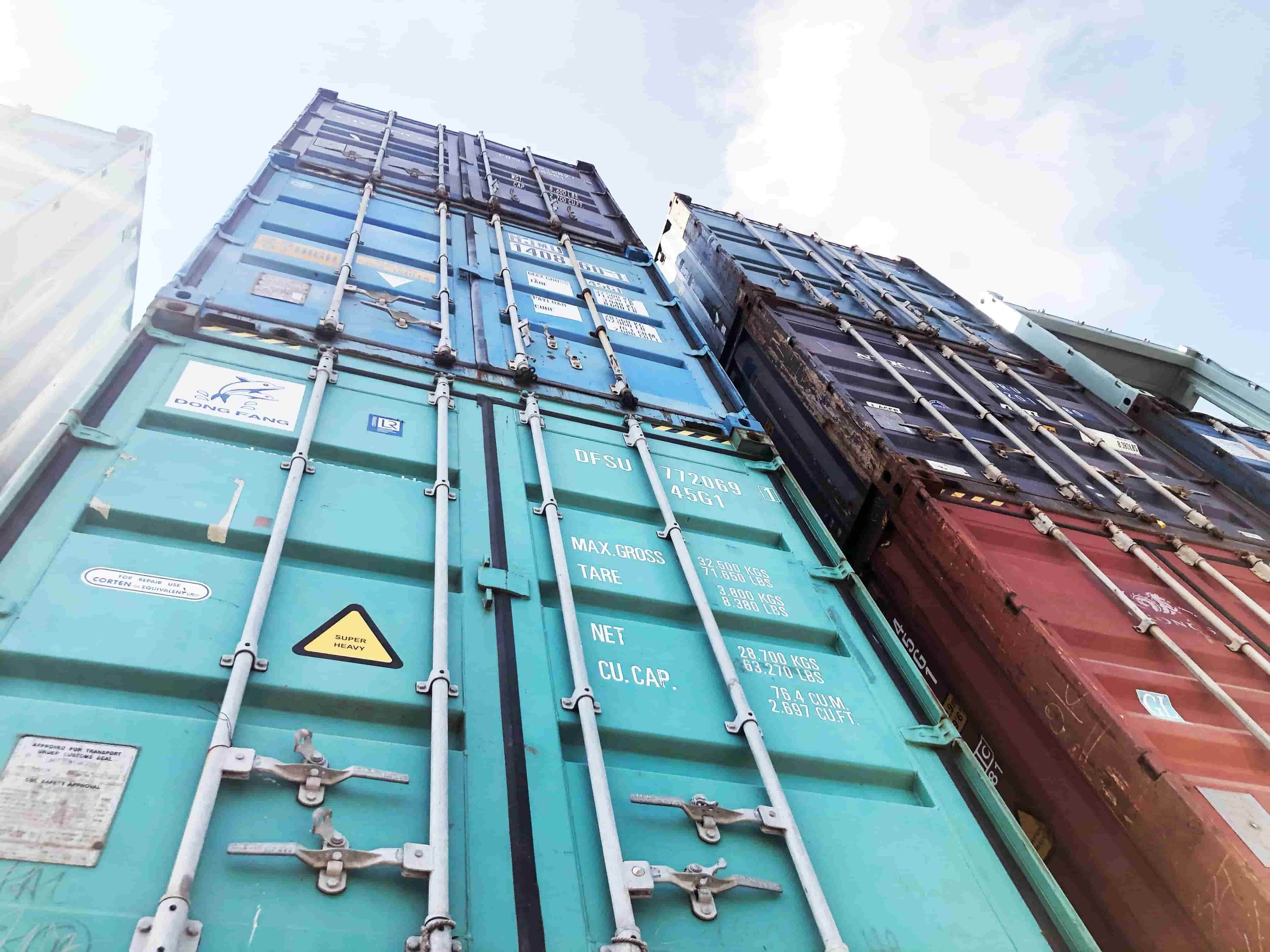INDUSTRY STANDARDS
The industry standards for grading the condition of shipping containers is set by the Institute for International Container Lessors (IICL). It is the leading trade organization establishing global standards for shipping containers. It establishes strict criteria for grading containers for marine transportation. The established criteria primarily concerns structural integrity for safe transport. Containers must be structurally sound for stacking with maximum payload for oversees travel, also known as stacking capacity. In addition to structural integrity and stacking capacity, the container must also be able to protect against harsh environments. An IICL container must be wind and water tight and protect against vermin. Therefore, the container must not have any holes or significant dents in the floors, walls, or roof. Any surface rust must be inspected to determine that it is surface only rust and does not diminish the integrity of the steel. The IICL also issues technical bulletins for common repairs. For more information about the IICL: https://www.iicl.org/about-the-industry
IICL has taken a leadership role in the container standards activities of the International Organization for Standardization (ISO). The ISO is a non-governmental body of international experts in the fields of technology and manufacturing that establishes global standards across various industries. The ISO establishes the international standard for regulating exterior and interior container size, door measurements and weight specifications.
In the United States, the Institute worked with the U.S. State Department and Coast Guard in formulating the International Convention for Safe Containers (CSC) regulations and the U.S. Safe Container Act that implemented the convention. The CSC rates the cargo worthiness of existing containers and establishes an expiration date which may or may not be extended during the next inspection. The main goals of the CSC include: to establish safe structural requirements and testing at the time of manufacturing, periodic inspections and maintenance, and to provide consistent and uniform assessment of safe containers by the different countries as containers move across borders. Certified IICL inspectors may perform these inspections although IICL certification is not required at this time.
Designed by Freepik
Photo by OSG Containers on Unsplash
CONTAINER GRADES
Shipping containers come in different grades based on their condition and usage. The quality of used shipping containers are graded as New (One-trip), IICL, Cargo-worthy, Wind and Water-tight (WWT) and “As-is”. All the container grades with the exception of “as-is” should be wind and water-tight, should have no holes in walls or floor, and have functional doors. Functional doors should have smooth range of motion when open and closing with working locking mechanisms and intact rubber door seals. New (one-trip), IICL 5 or 6, and Cargo-worthy containers are required to have a CSC plate with an inspection date indicating the containers are safe for transporting cargo and meets international shipping standards.
New (One-trip)
New, also known as one-trip containers are shipped with cargo to North America from oversees manufacturers, thereby, guaranteeing at least one trip. Currently, no shipping containers are manufactured in the United States, thus all new containers are one-trip containers. New or one-trip containers are in excellent, like-new condition and should have minimal dents and scratches, no rust, functional doors and no holes in floors. New or One-trip containers must have a valid CSC plate.
IICL
IICL may be referred to as IICL 5 or 6. The designation 5 or 6 refers to either the 5th or 6th edition of the IICL guidelines depending on the year the container was manufactured. For example, the IICL 6 refers to containers manufactured after the updated guidelines were implemented in August 2016. IICL containers or multi-trip containers are in excellent to great condition with maximum structural integrity and minimal cosmetic damage with 95% of original paint. These container grades should have minor dents and scratches, no rust, no holes in floors and functional doors. These container grades are generally between 2 to 8 years old. IICL containers must have a valid CSC plate.
Cargo-worthy
Cargo-worthy must have a valid CSC plate. These containers are structurally sound, wind and water-tight but have more cosmetic damage than the IICL containers. These container grades may have some paint touch-ups, some dents, scratches, and surface rust. They should have no holes in the floors and functional doors. The cargo-worthy containers are generally 5 to 15 years old.
Wind and Water-tight
Wind and Water-tight (WWT) containers do not have a valid CSC plate. In other words, they have diminished stacking capacity. WWT containers may be used to move cargo domestically but are not approved for exports and should be used commercially on a limited basis. These container grades generally have faded paint, dents, scratches, surface rust and weld patches. They should have functional doors, working locking mechanisms, intact door seals and no holes in the floors. The WWT containers are generally 10+ years old. These are ideal for storage or other creative projects and are often available for much less than cargo-worthy containers.
As-is
“As-is” graded containers are not suitable for moving cargo and are not guaranteed to be wind and water-tight. These containers may need significant repairs as the doors may not function, the floor may be damaged and there may be dents, holes, and rust. Currently, we do not offer “As-is” or refurbished containers.
CONTAINER GRADES AND CONDITION SUMMARY TABLE
All shipping containers with the exception of new have surface rust. It is part of the weathering process.

Secure Space Containers offers a variety of container sizes and grades to suit your specific needs.
Photo by Boba Jovanovic on Unsplash

